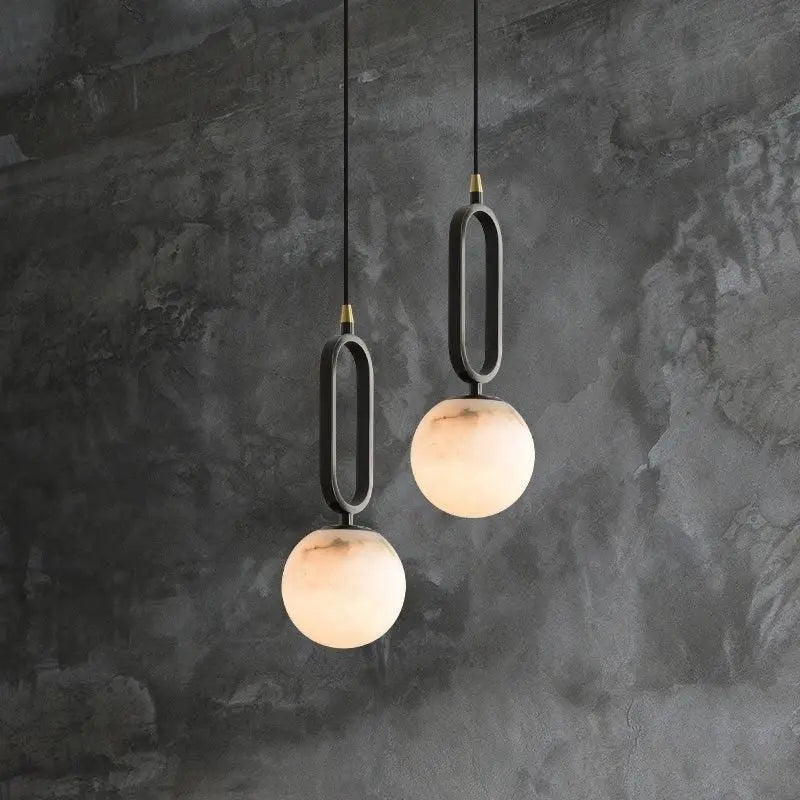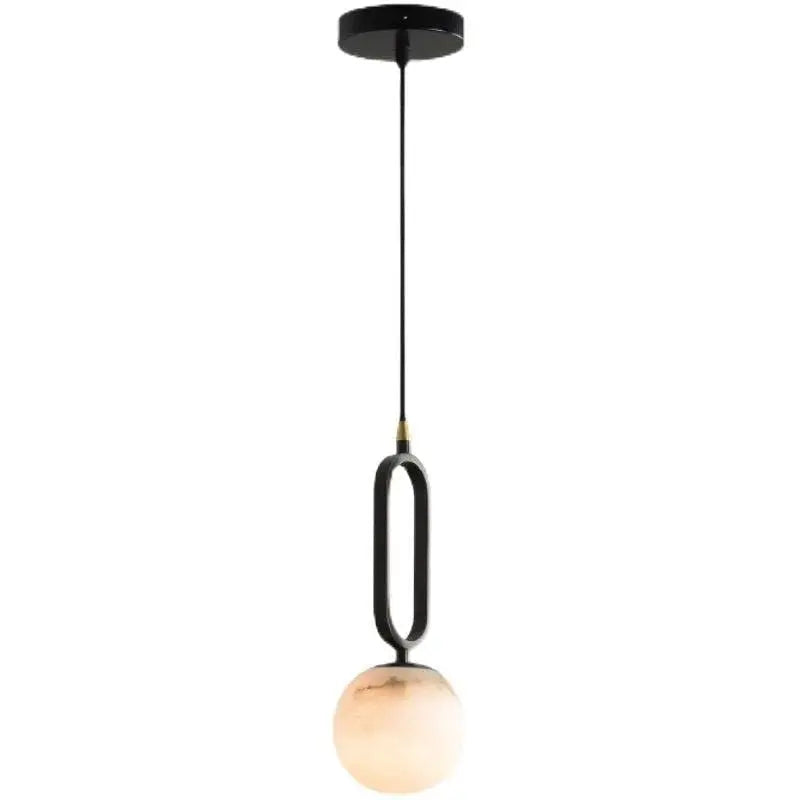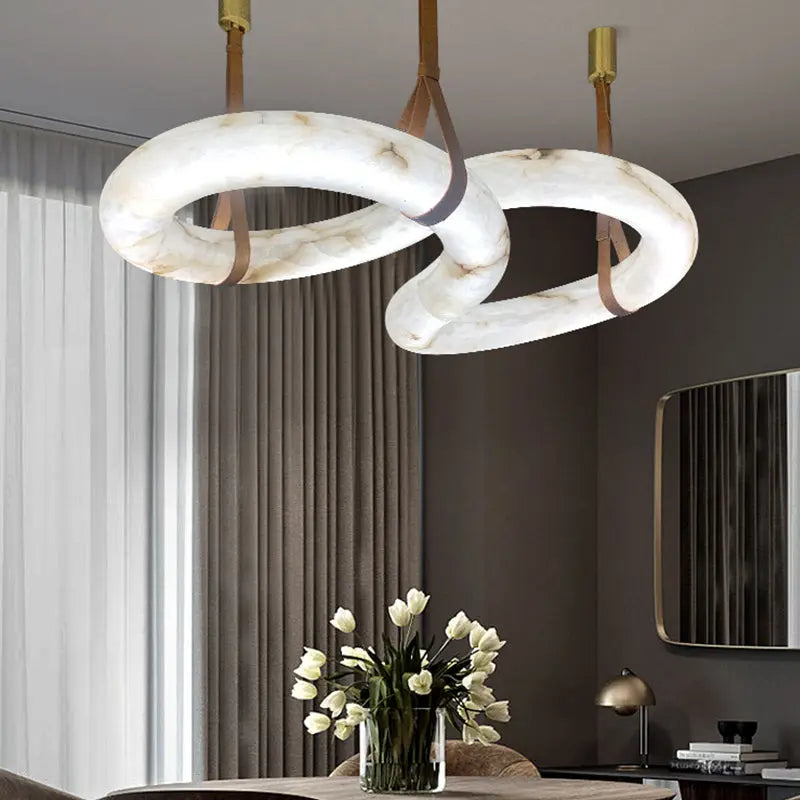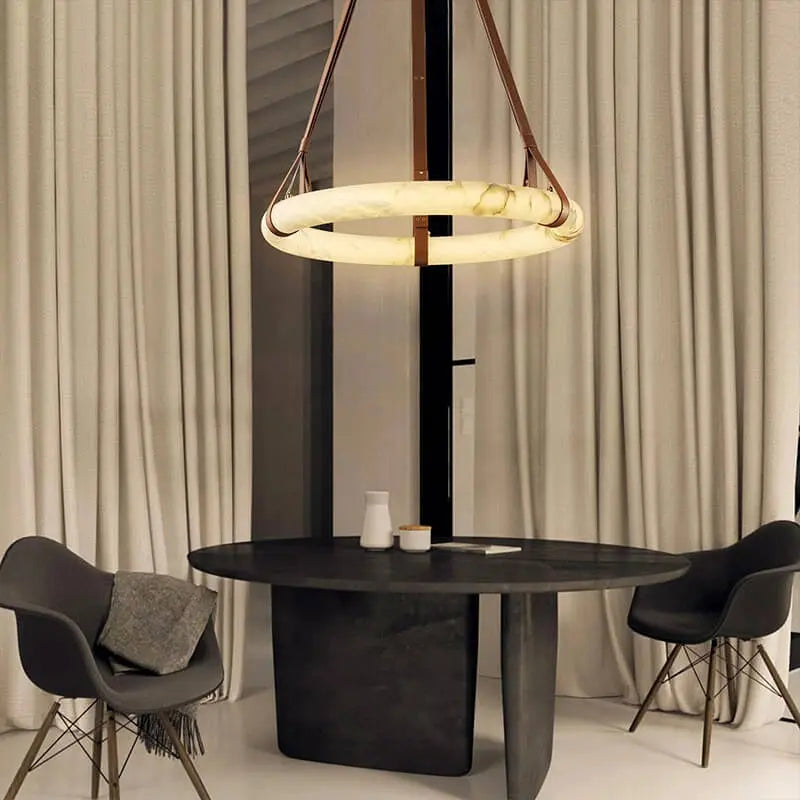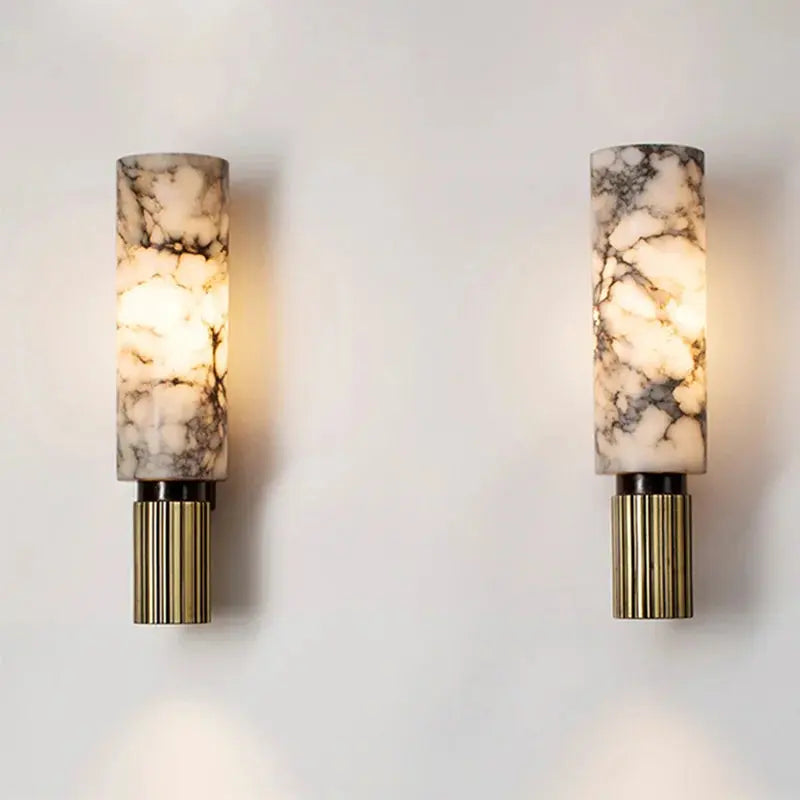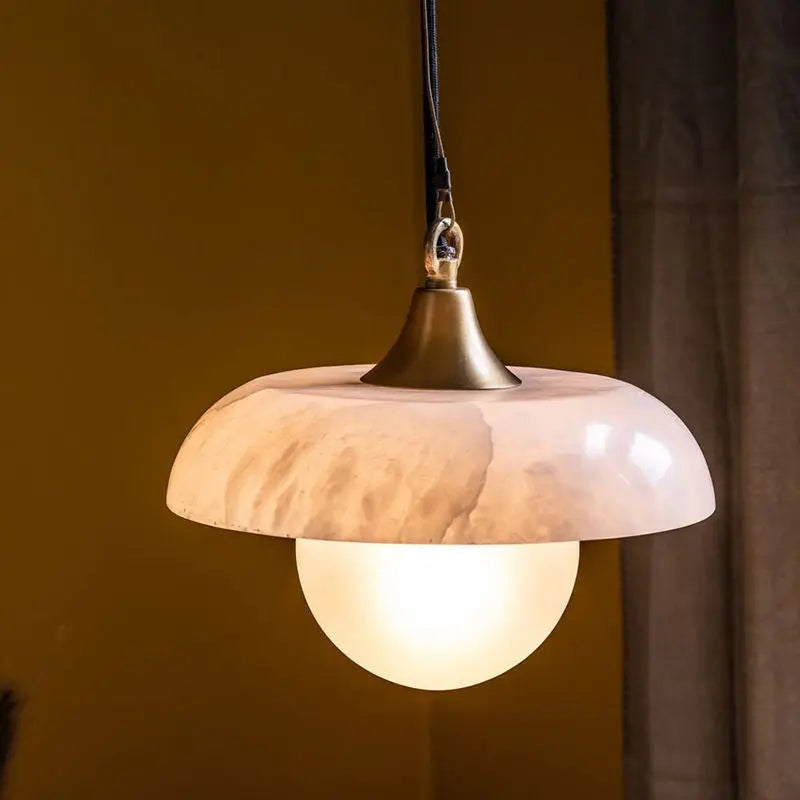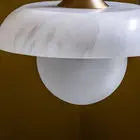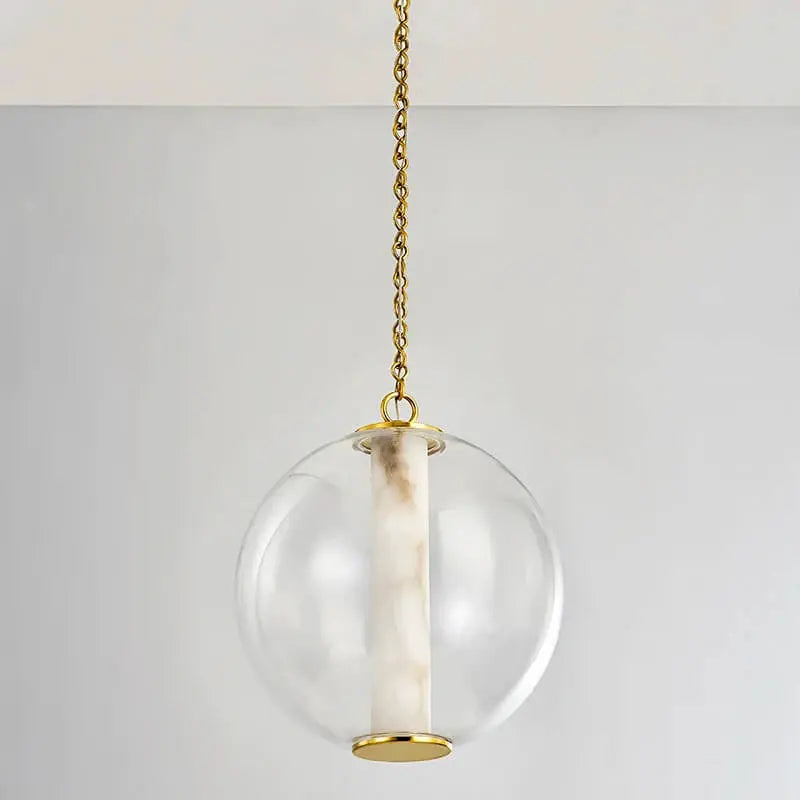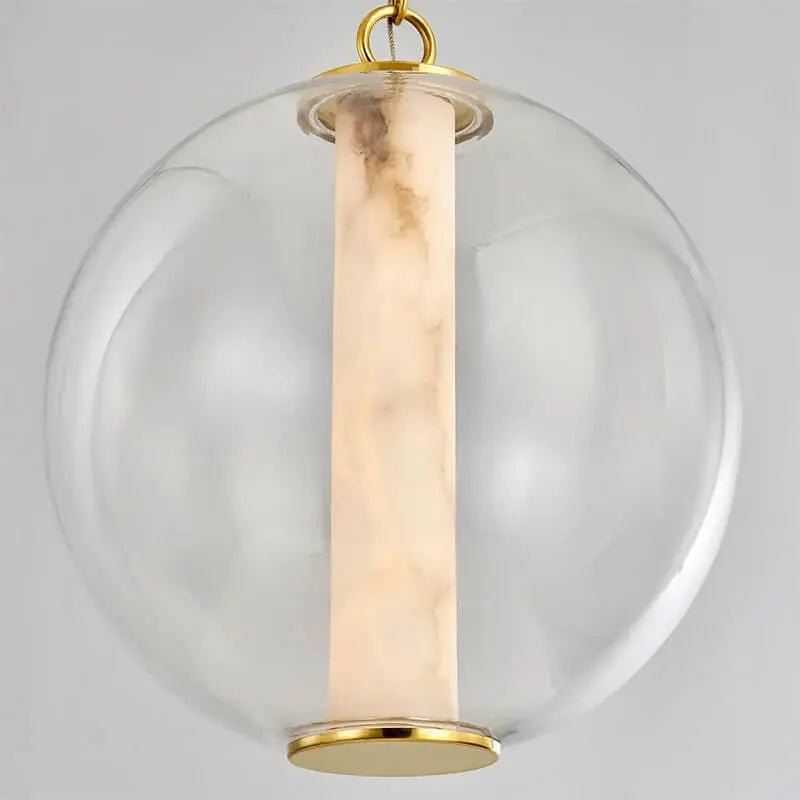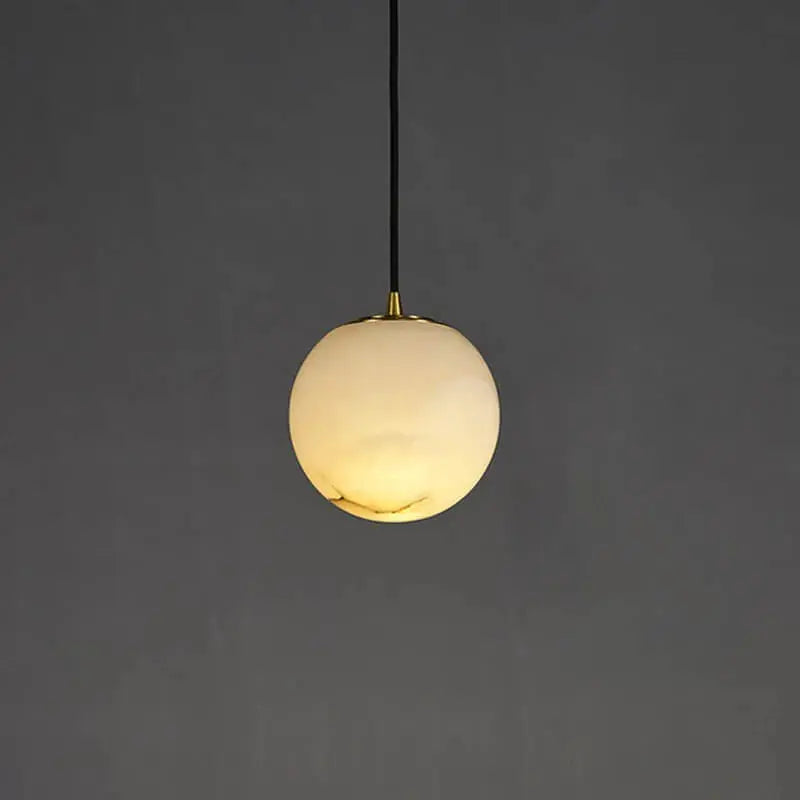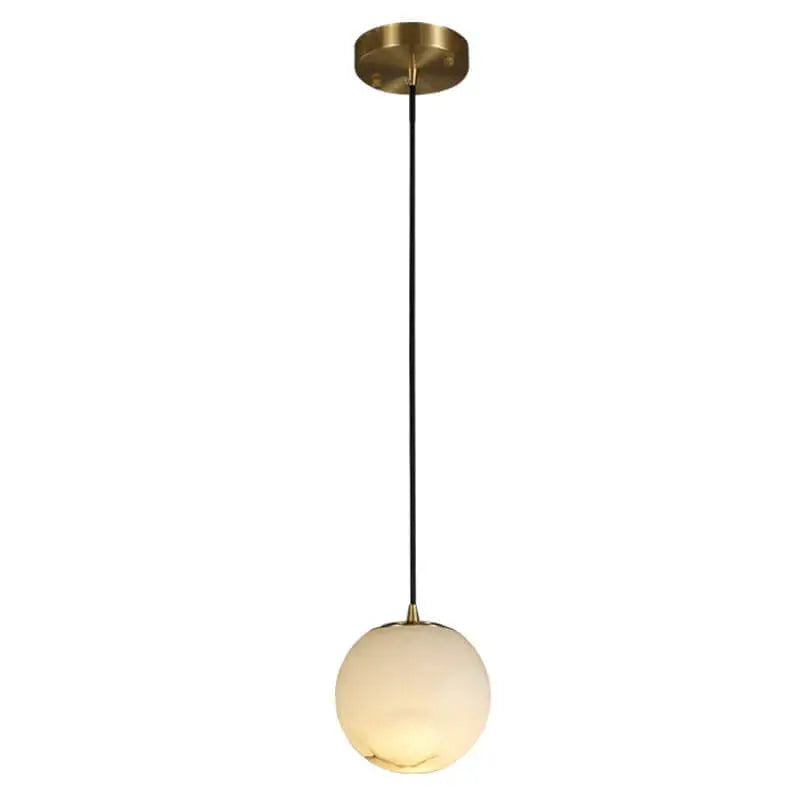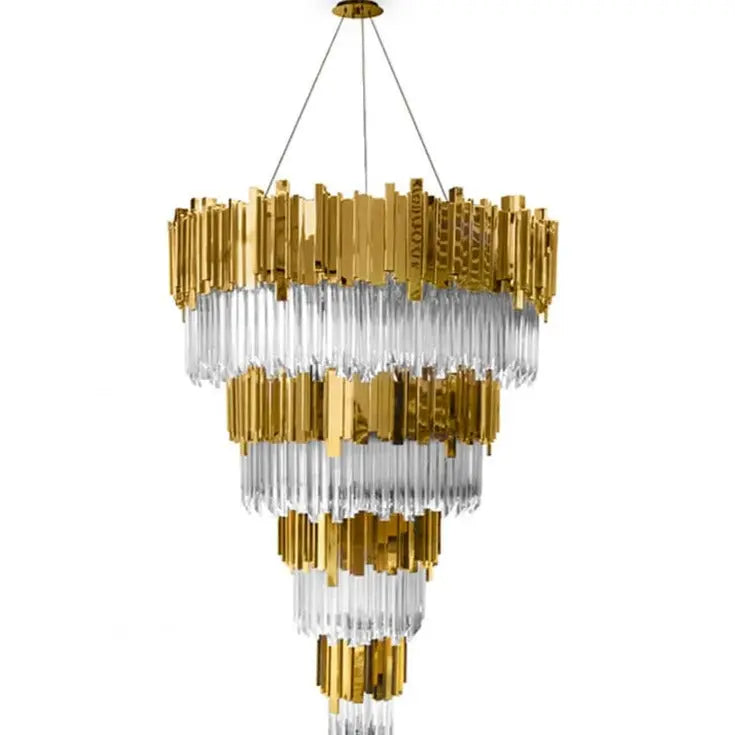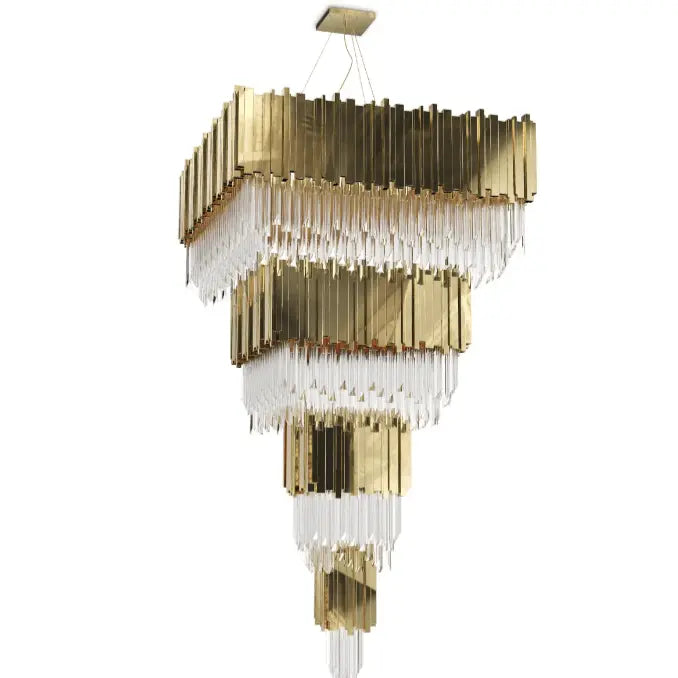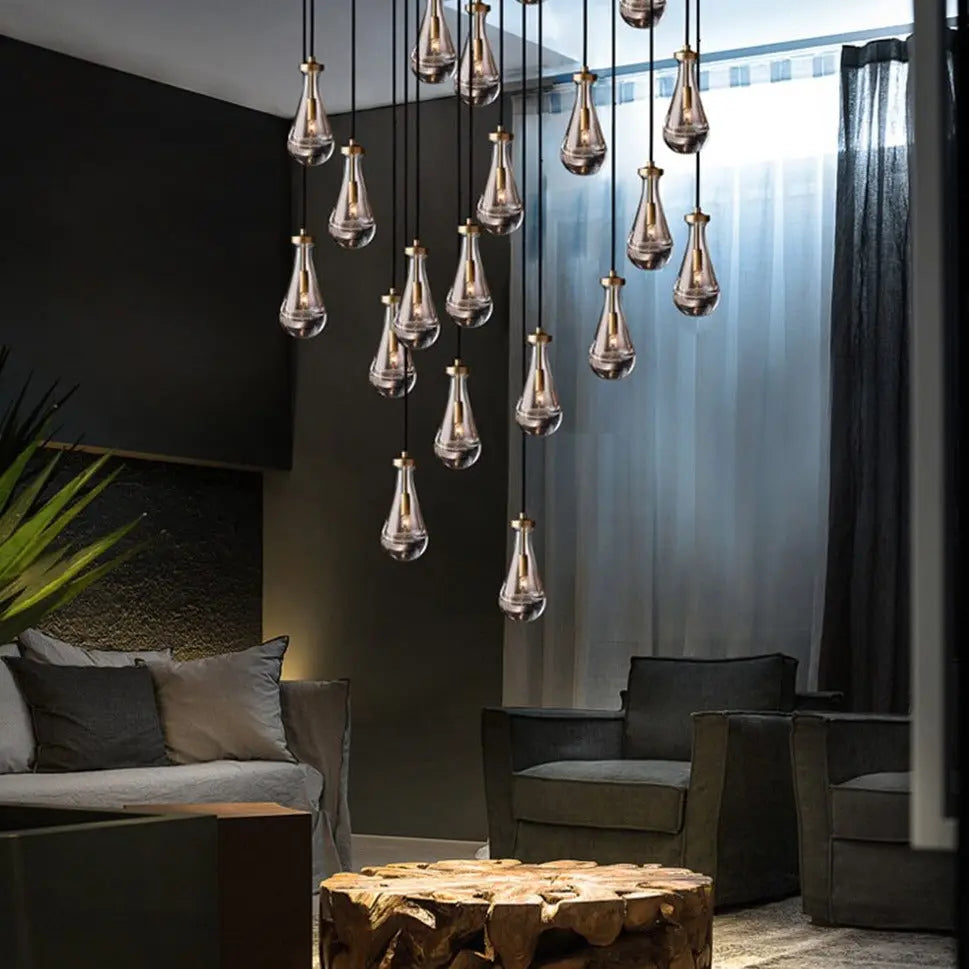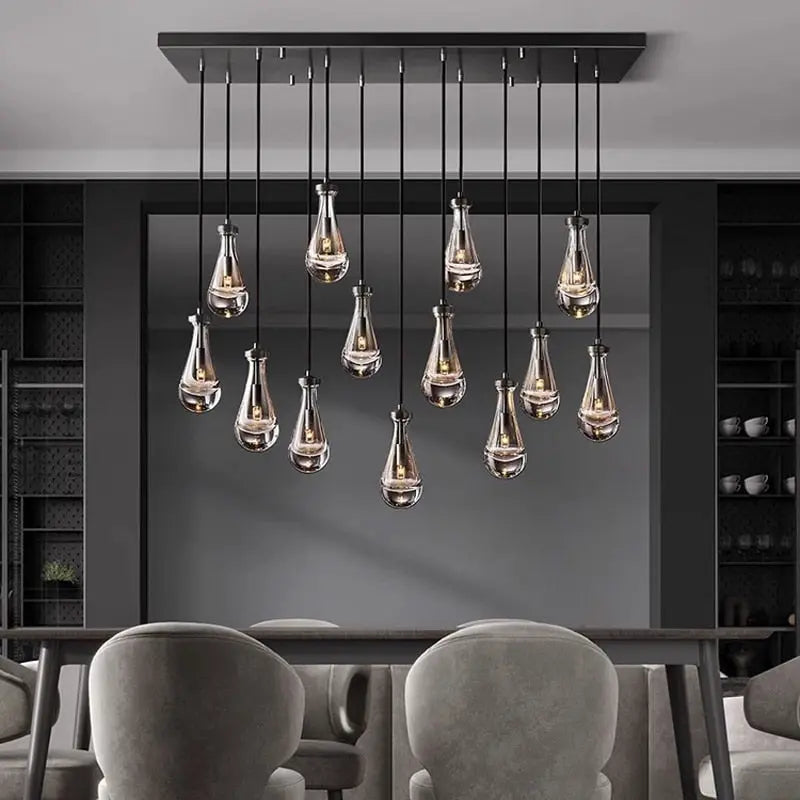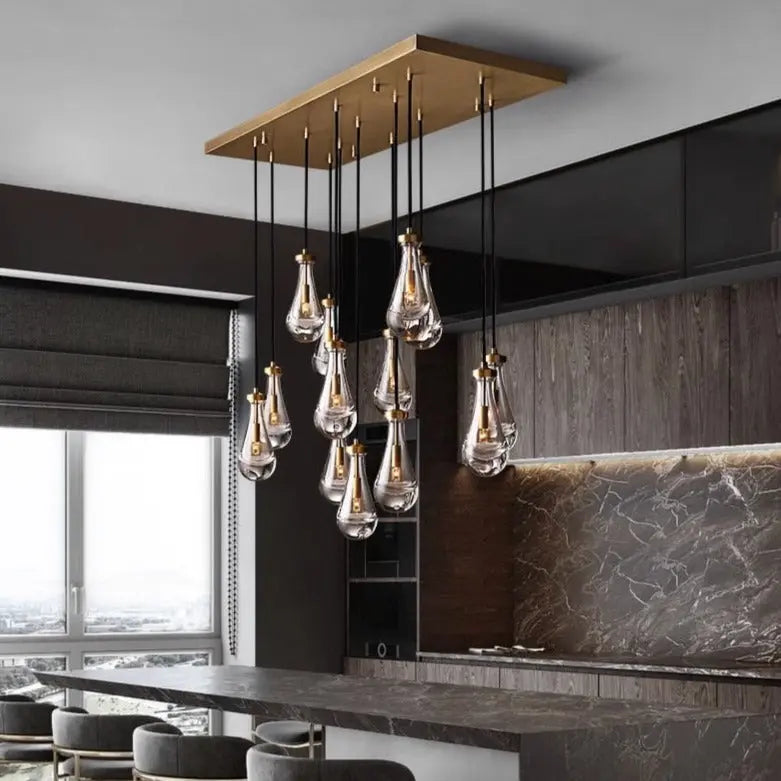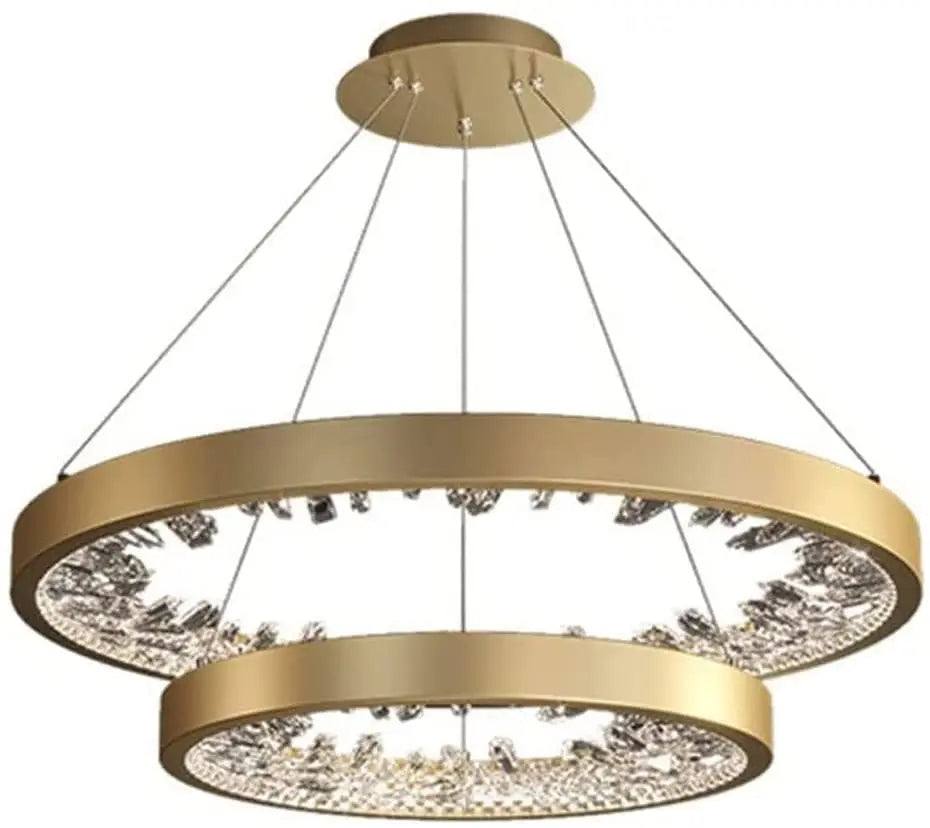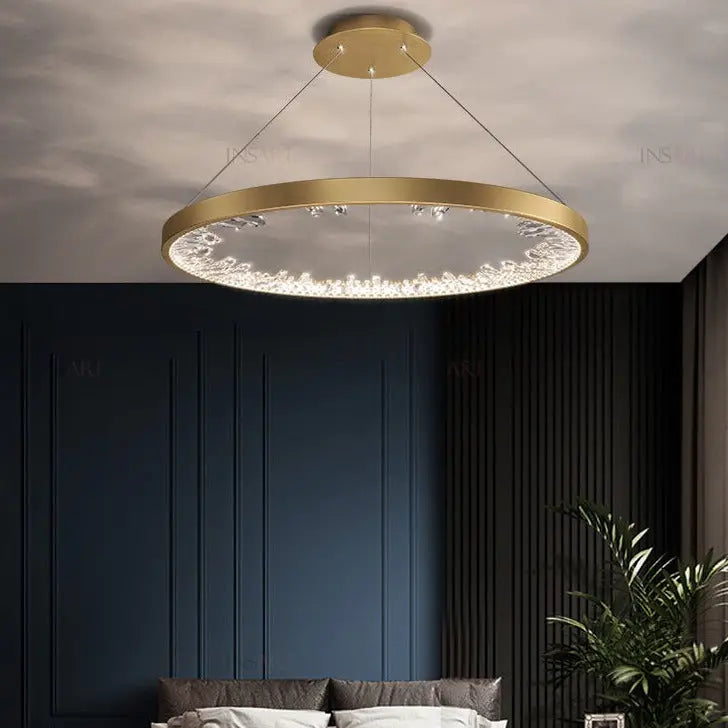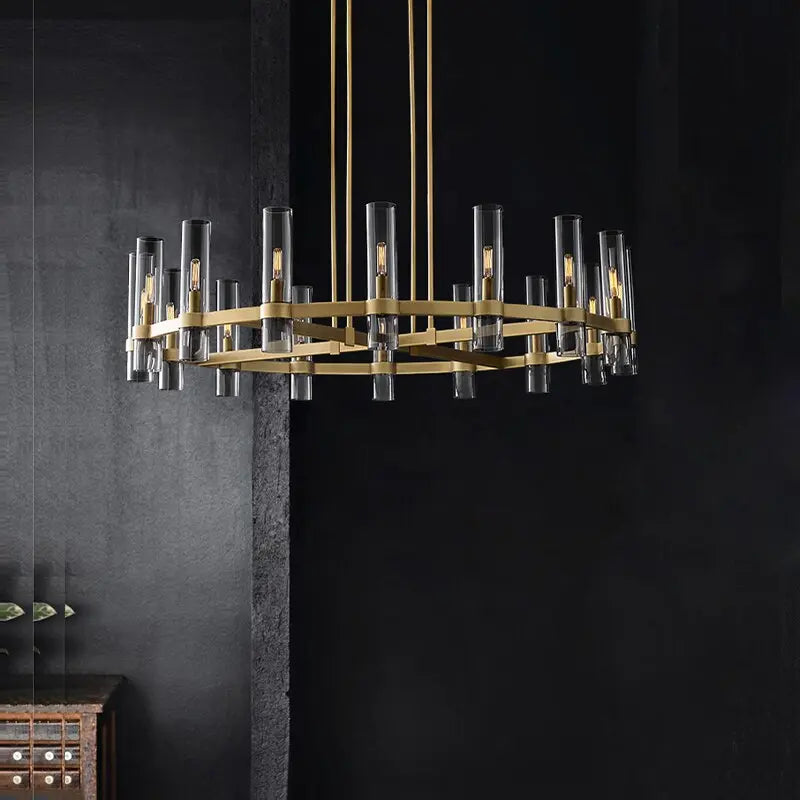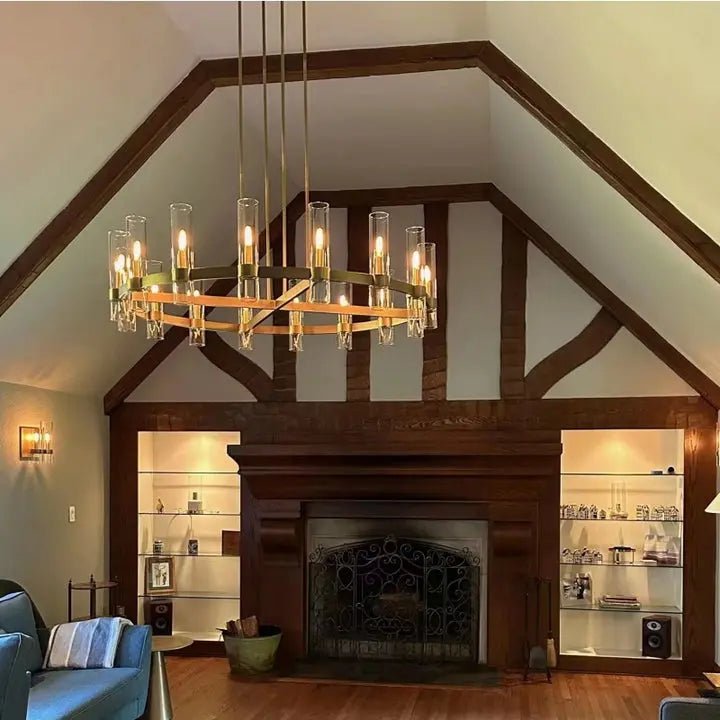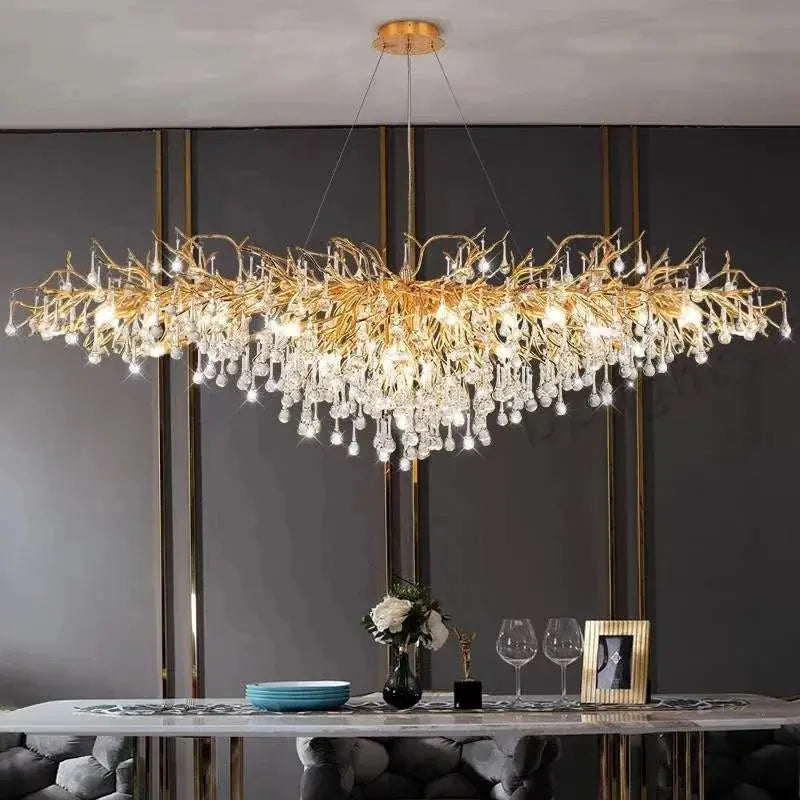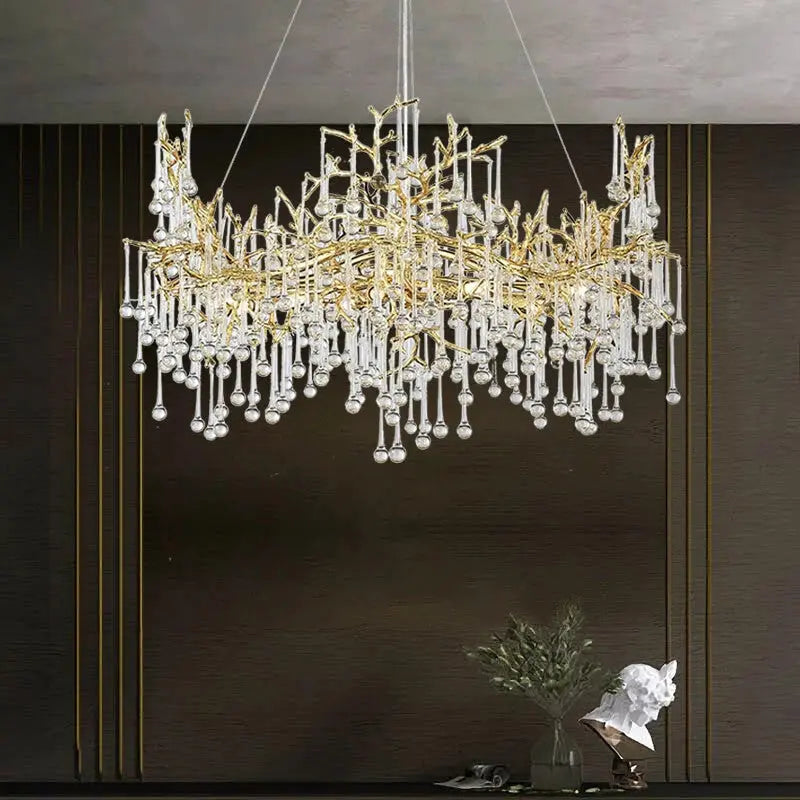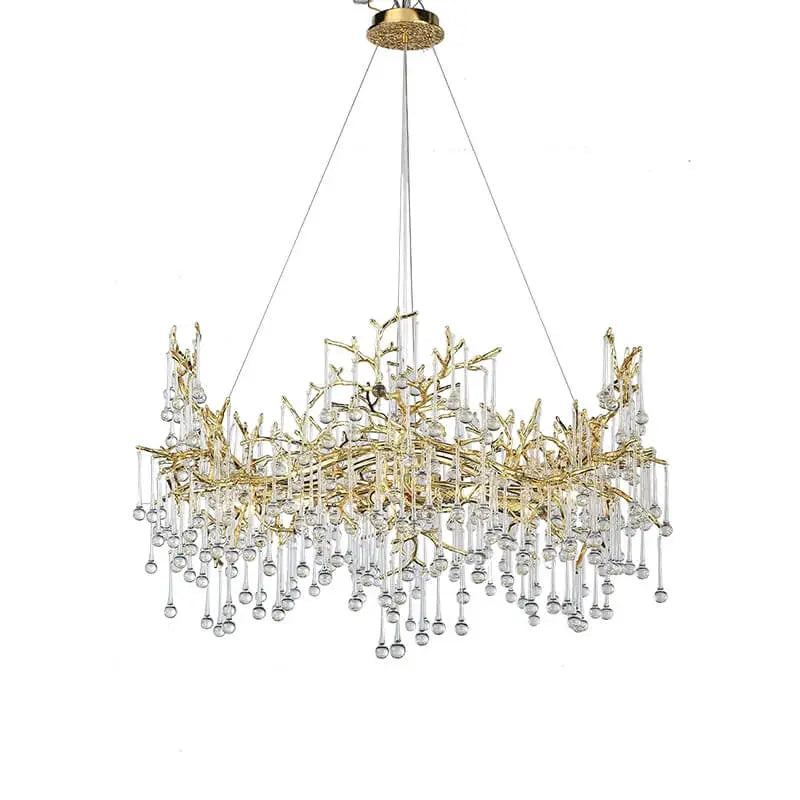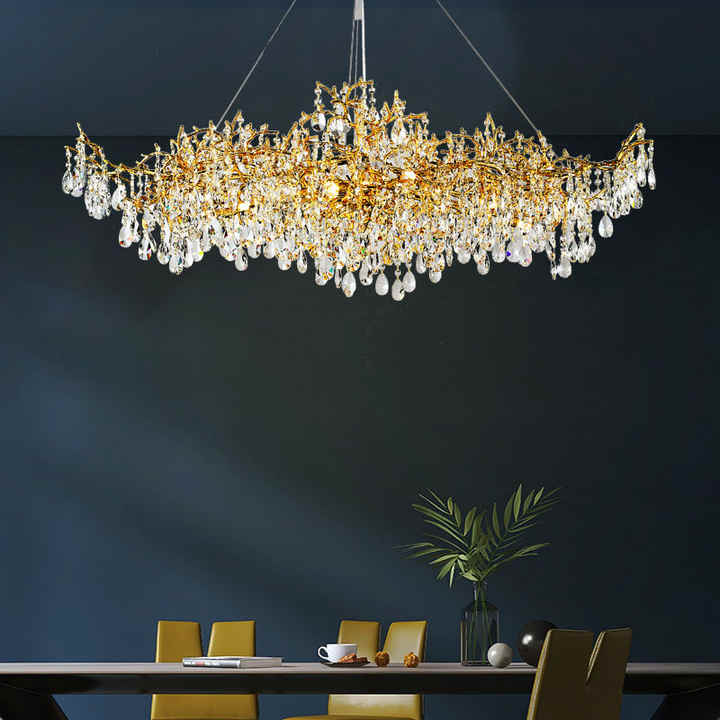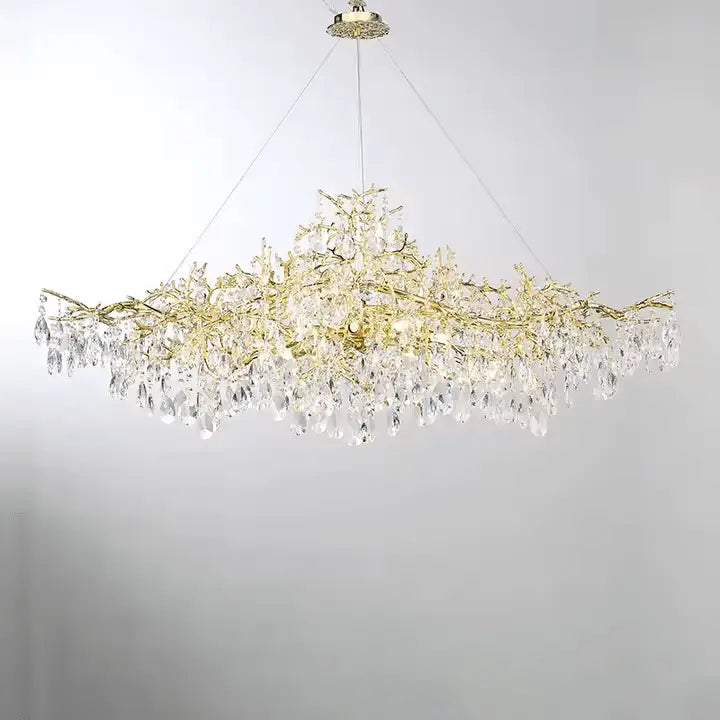Even if your living room is on the smaller side, it doesn't mean you can't make it feel open and comfy. It's all about smart choices with your furniture, storage, and how you set things up. With some clever planning, you can make any small living room ideas come to life, turning a tight spot into a place that feels just right.
Key Takeaways
- Arrange your furniture to keep walking paths clear and make the room feel bigger.
- Choose furniture that does more than one thing, like an ottoman with storage inside.
- Use your walls for storage and put things away in clever spots to keep clutter down.
- Pick furniture that has legs so you can see the floor underneath, which makes the room look more open.
- Focus on only keeping what you really need and love to avoid a crowded look.
Optimizing Furniture Placement for Small Living Rooms
Arranging Furniture for Openness
Okay, so you've got a small living room, and it feels like you're playing Tetris with your furniture. The key is to create a sense of openness. Don't shove everything against the walls! Pulling furniture away from the walls, even just a few inches, can actually make the room feel bigger. It's kind of counterintuitive, but trust me on this one. Float your couch to face a window or fireplace. Use an area rug to tie everything together.
Choosing Multi-Functional Furniture
When space is at a premium, every piece of furniture needs to pull its weight. Think about it: can your coffee table also be a storage unit? Can your ottoman double as extra seating? Look for pieces that can serve multiple purposes. This is a game changer. Instead of having a bunch of single-use items cluttering the room, you have fewer, more versatile pieces. Wall sconces and pendant lights free up floor space.
Maximizing Seating Without Clutter
So, you want to have people over, but you don't want your living room to feel like a sardine can. What do you do? Well, you need to get creative with your seating arrangements.
- Consider a sectional sofa that fits your space.
- Armless chairs and sofas have a more streamlined look and take up less space.
- Floor pillows and poufs are your friends. They can be easily stashed away when not in use, but they provide extra seating when you need it.
It's all about finding the right balance between comfort and functionality. You want a space that's inviting and comfortable, but you also don't want it to feel cramped and cluttered. Think about how you actually use the space and choose furniture that supports those activities.
Consider furniture for small living rooms that is apartment-sized.
Clever Storage Solutions for Compact Spaces

Integrating Built-In Storage
When space is tight, built-in storage can be a lifesaver. Think about adding shelves around a fireplace, or maybe a custom cabinet that fits perfectly into an awkward corner. These solutions maximize every inch and keep things looking tidy. I've seen some amazing transformations where people have turned entire walls into storage units, and honestly, it's a game-changer. It's not just about shoving things away; it's about creating a functional and beautiful space. For example, consider these options:
- Custom shelving units
- Window seat with storage
- Under-stair storage solutions
Built-in storage isn't always cheap, but it's an investment that pays off in the long run. It adds value to your home and makes your living space so much more enjoyable. Plus, it eliminates the need for bulky furniture that eats up precious square footage.
Utilizing Vertical Wall Space
Don't forget the walls! Shelves are your best friend here. Floating shelves look great and don't take up any floor space. You can also use wall-mounted cabinets or even just some cool-looking hooks for hanging plants or decorative items. I recently put up some open shelving solutions in my own living room, and it made a huge difference. It's amazing how much stuff you can get off the floor and onto the walls. Here's a quick guide:
- Measure your wall space.
- Choose shelves that fit your style and needs.
- Install securely and start organizing!
Selecting Furniture with Hidden Storage
This is where things get really clever. Ottomans that open up to reveal storage space, coffee tables with drawers, sofas with extra blankets underneath – these are all fantastic options. I'm a big fan of furniture that does double duty. It's all about being smart with your choices. I found a great trunk that works as a coffee table and stores all my board games. It's a win-win! Consider these furniture pieces:
- Storage ottomans
- Lift-top coffee tables
- Sofa beds with storage
Enhancing Visual Space with Design Tricks
Strategic Use of Color and Lighting
Okay, so you're trying to make your small living room feel bigger, right? Color and lighting are your best friends here. Think light and bright. Pale colors reflect light, which instantly makes a room feel more spacious. I'm talking whites, light blues, even soft grays. And don't just stop at the walls – paint the trim the same color to make it all blend together seamlessly. It's like the walls just disappear!
Lighting is just as important. Natural light is amazing, so keep those windows clear. But for evenings, layer your lighting. A floor lamp, a table lamp, maybe even some string lights. The more light sources, the bigger the room will feel. Avoid dark bright and bold colors that absorb light and make the space feel smaller.
Creating Defined Zones in Open Layouts
If your living room is part of an open floor plan, defining zones is key. It's all about creating the illusion of separate spaces without actually building walls. Rugs are great for this. Use a rug to anchor your seating area, another to define a reading nook, etc. Different furniture arrangements can also help. Maybe a bookshelf to separate the living room from the dining area.
- Use rugs to define different areas.
- Arrange furniture to create visual boundaries.
- Consider using different paint colors or wallpaper to subtly separate zones.
Think about how you actually use the space. Is it for watching TV, gaming, reading, or all of the above? Once you know that, you can start to arrange your furniture and decor to create zones that work for you. It's all about making the most of the space you have.
Minimizing Visual Clutter
Clutter is the enemy of a small living room. It makes the space feel cramped and chaotic. The key is to curate your belongings and only keep what you really need and love. Get rid of anything that's just taking up space. Think about it: less stuff equals more visual space.
- Declutter regularly.
- Use storage solutions to hide items you don't want on display.
- Incorporate negative space to allow the room to breathe.
The effective use of space is the most important element in designing a small living environment.
Selecting the Right Furniture for Small Living Rooms
Choosing Sectional Sofas for Seating
Sectional sofas can be a great option for small living rooms, but it's important to choose the right size and configuration. A sectional that's too large will overwhelm the space, making it feel cramped and cluttered. Consider a smaller sectional or one with a chaise lounge instead of a full second section. Neutral colors and clean lines can also help a sectional blend into the room, making it feel less bulky. Think about the layout of your room and how the sectional will fit into it. Will it block any doorways or windows? Is there enough space to walk around it comfortably? These are important questions to ask before making a purchase.
Opting for Legged Furniture to Increase Perception of Space
Furniture with legs can create the illusion of more space in a small living room. When you can see the floor underneath furniture, it makes the room feel more open and airy. Sofas, chairs, and even coffee tables with legs can all contribute to this effect. Avoid furniture that sits directly on the floor, as it can make the room feel heavy and grounded. Consider the height of the legs as well. Taller legs will create a greater sense of space than shorter legs. Also, think about the style of the legs. Sleek, modern legs can add a touch of sophistication, while more ornate legs can add character and charm. Don't underestimate the power of legged furniture to transform a small living room.
Incorporating Floor Pillows and Poufs for Extra Seating
Floor pillows and poufs are versatile and space-saving seating options for small living rooms. They can be easily moved around to accommodate guests or create a cozy reading nook. When not in use, they can be tucked away in a corner or under a coffee table. Choose floor pillows and poufs in a variety of colors, textures, and patterns to add visual interest to the room. Consider the size and shape of the pillows and poufs as well. Larger pillows can be used as comfortable backrests, while smaller poufs can be used as footrests or side tables. Don't be afraid to mix and match different styles to create a unique and inviting space. They are great for extra seating without taking up too much space.
When choosing furniture for a small living room, it's important to prioritize function and style. Look for pieces that are both comfortable and visually appealing, and that fit the scale of the room. Avoid cluttering the space with too much furniture, and focus on creating a cohesive and inviting atmosphere.
Decorating Small Living Rooms with Intention

It's easy to just throw some stuff in a room and call it decorated, but small living rooms need a bit more thought. You really have to consider what you're bringing in and why. It's about making every piece count, both for looks and for how it functions in the space. Let's get into it.
Curating Pieces for Aesthetic and Function
Think of your small living room as a carefully arranged gallery. Every item should have a purpose and contribute to the overall vibe. Don't just buy something because it's cute; ask yourself if it actually fits your needs and the room's style. This means being picky and intentional with your choices. For example, instead of a purely decorative vase, choose one that can also hold flowers or branches. Or, a blanket ladder can be both stylish and functional for storing throws.
Designing for Cohesion and Comfort
It's important that your small living room feels put-together and inviting. This doesn't mean everything has to match perfectly, but there should be a sense of harmony. Pick a color palette and stick to it, and make sure the textures and materials complement each other. Comfort is key, too. After all, it's a living room! Soft textiles, cozy seating, and good lighting can make a huge difference. Consider comfortable armchairs for seating.
Making Every Vignette Count
In a small space, every corner matters. A vignette is a small grouping of objects that tells a story or creates a mood. Think of a side table with a lamp, a stack of books, and a small plant. Or a gallery wall with carefully chosen prints and photos. These little moments add personality and interest to the room. The trick is to keep them uncluttered and well-balanced. Don't overcrowd surfaces; leave some breathing room. Consider small living room decorating ideas to maximize space.
When decorating a small living room, it's easy to get caught up in trends or what you think you should have. But the best spaces are the ones that reflect your personal style and make you feel good. So, don't be afraid to break the rules and create a space that's uniquely yours.
Decluttering Your Small Living Room Effectively
Focusing on Essential Furniture Pieces
When space is tight, every item needs to earn its place. Think about what you really use. That oversized armchair you inherited but never sit in? Maybe it's time to say goodbye. Prioritize comfortable seating and a functional coffee table. A good rule of thumb is to focus on pieces that serve multiple purposes or are used daily. This helps to avoid overstuffed rooms and makes the space feel more intentional.
Removing Unnecessary Items
Okay, this is where it gets real. Take a hard look around. Are there decorative items that don't spark joy or serve a purpose? Extra side tables, stacks of magazines you'll never read, or that collection of knick-knacks gathering dust? It's time for a purge. Consider donating or selling items you no longer need. A clear surface instantly makes a room feel bigger and more relaxing. Remember, less is often more when it comes to small spaces. You can even find repurposed furniture to help with the decluttering process.
Maintaining Clear Floor Space
Keeping the floor clear is key to making a small living room feel spacious. Avoid cluttering the floor with unnecessary items. Use wall space and shelving for storage and minimal decor. Choose furniture with legs to create the illusion of more space. Consider wall-mounted lamps instead of floor lamps to free up floor area. A clear floor allows for better traffic flow and makes the room feel less cramped. Think about using clearance sale items to help with the decluttering process.
Decluttering isn't just about getting rid of stuff; it's about creating a space that supports your lifestyle and promotes a sense of calm. It's about making conscious choices about what you bring into your home and ensuring that everything has a purpose or brings you joy.
Wrapping It Up: Making Your Small Living Room Shine
So, there you have it! Making a small living room feel big and comfy isn't some magic trick. It's all about being smart with what you have. Think about how you use the space, pick furniture that does double duty, and don't be afraid to play with colors and light. Even a tiny room can feel like a grand space if you put a little thought into it. Just remember, your living room should be a place you love to hang out in, no matter its size. Go ahead and make it yours!
Frequently Asked Questions
How can I make my small living room look and feel larger?
Making a small living room feel bigger is all about smart choices. Pick furniture that's not too bulky, like a sofa with visible legs, which makes the floor seem more open. Use lighter colors on your walls and make sure there's good lighting to brighten things up. Also, try to keep clutter to a minimum; less stuff makes the room feel less crowded.
What kind of furniture is best for a small living room?
When you have a small living room, it's best to choose furniture that can do more than one job. Think about an ottoman that opens up for storage, or a coffee table with shelves underneath. Sectional sofas can be great because they offer lots of seating without needing a bunch of separate chairs. Also, furniture with legs, instead of solid bases, can make the room feel more open and airy.
What are some good storage ideas for a small living room?
To keep a small living room tidy, think about using vertical space. Shelves on the walls or tall, narrow bookcases are perfect for storing things without taking up floor space. Furniture with built-in storage, like a storage ottoman or a TV stand with drawers, can also hide away items. The key is to have a place for everything so your room doesn't get messy.
Do wall colors and lighting really help a small living room feel bigger?
Yes, colors and lighting make a big difference! Lighter paint colors, like soft grays or whites, can make your walls seem to recede, making the room feel larger. Good lighting, especially natural light, helps too. If you don't have much natural light, use several light sources, like a mix of ceiling lights, floor lamps, and table lamps, to brighten every corner.
How can I make my small living room feel cozy and inviting?
To make a small living room cozy and welcoming, focus on comfort. Add soft throws, comfy pillows, and a nice rug to make the space inviting. Even though it's small, you can still show off your personality with a few carefully chosen decorations, like a favorite piece of art or a plant. The goal is to make it feel like a warm hug, not a cramped box.
What's the best way to keep a small living room from getting cluttered?
Keeping a small living room clean means being smart about what you keep. Only have furniture that you truly need and use. Get rid of anything that's just taking up space or doesn't fit the room's purpose. Try to keep the floor clear as much as possible, as this makes the room feel more open. Regular tidying up will also prevent clutter from building up.




